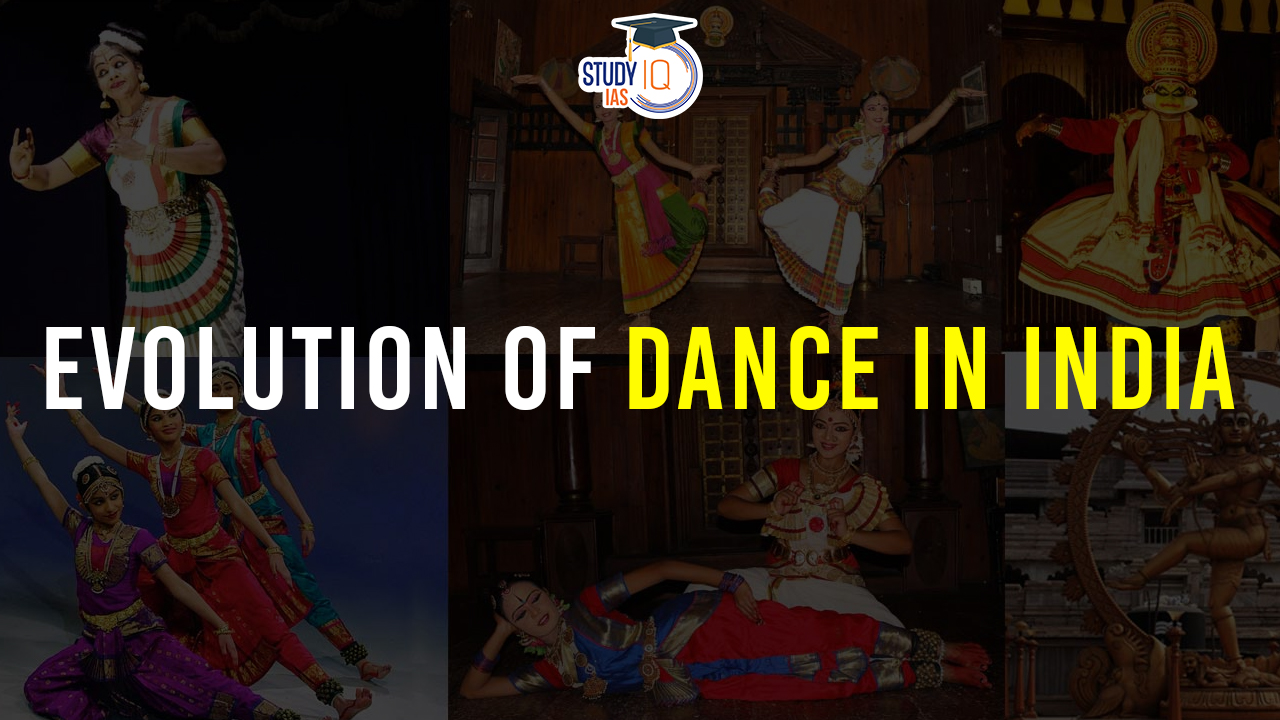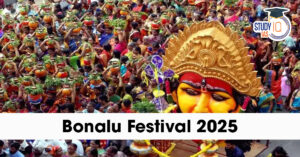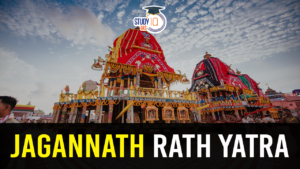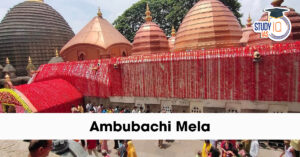Table of Contents
The evolution of dance in India is a rich and diverse journey that spans thousands of years, reflecting the country’s cultural, religious, and regional diversity. Different forms of dance have emerged and evolved over time, each with its unique style, costume, and significance. Here is an overview of the evolution of dance in India.
We’re now on WhatsApp. Click to Join
Evolution of Dance in India
The earliest evidence of dance in India is a 2nd-century BC bronze figurine of a dancing girl found in the Indus Valley. The first archaeological proof of dance is from 9,000-year-old cave paintings in India.
Indian classical dance began around 200 BCE as a joyful and celebratory activity. It was performed in temples and palaces as a form of worship. Many of the performances were choreographed to retell stories of the gods and other historical accounts.
Ancient and Classical Periods (200 BCE – 1500 CE)
Bharatanatyam
- Origins: Bharatanatyam, believed to have originated over 2,000 years ago in the temples of Tamil Nadu, was initially performed by devadasis, female temple dancers dedicated to serving deities through their art.
- Elements: It incorporates intricate footwork, hand gestures (mudras), facial expressions (abhinaya), and complex rhythmic patterns. The dance is often accompanied by classical Carnatic music.
- Revival: In the 20th century, Rukmini Devi Arundale played a crucial role in reviving Bharatanatyam and removing the stigma associated with its devadasi origins.
Check here in Detail: Bharatanatyam Dance
Kathak
- Development: Kathak has its roots in the storytelling traditions of northern India. It evolved in the courts of the Mughal emperors, where it absorbed both Hindu and Persian influences.
- Characteristics: Kathak emphasizes graceful movements, intricate footwork (tatkar), and storytelling through expressive facial expressions and hand gestures.
- Evolution: Over time, Kathak has adapted to various regional styles, including the Jaipur and Lucknow gharanas.
Check here in Detail: Kathak Dance
Odissi
- Temple Traditions: Odissi traces its origins to the ancient temples of Odisha, where it was performed by devadasis. The dance form reflects the sculpturesque poses depicted on temple walls.
- Distinctive Features: Odissi is known for its emphasis on fluid and lyrical movements, intricate footwork, and elaborate costumes. The dancer portrays mythological stories through mudras and abhinayas.
Check here in Detail: Odissi Dance
Kuchipudi
- Cultural Synthesis: Originating in the Krishna district of Andhra Pradesh, Kuchipudi combines elements of dance, drama, and singing. It often involves fast footwork and the portrayal of diverse characters.
- Solo and Group Performances: Kuchipudi can be performed both as a solo dance and as a group dance-drama. It is known for its vibrant and dynamic style.
Check here in Detail: Kuchipudi Dance
Medieval Period (1500 CE – 1700 CE)
Devadasi System
During this period, the devadasi system became more institutionalized. Women dedicated to temples received training in dance and music, contributing to the preservation and development of classical dance forms.
The Devadasi system has its roots in ancient India and became more institutionalized during the medieval period, particularly between 1500 CE and 1700 CE. The term “Devadasi” is derived from Sanskrit, where “deva” means god and “dasi” means servant, translating to “servant of god.” Devadasis were women who were dedicated to serving deities in temples through various artistic and religious activities, with a strong emphasis on dance and music.
Colonial Period (1700 CE – 1947)
The colonial era saw a decline in patronage for traditional dance forms. British rulers viewed many indigenous practices, including dance, as uncivilized, leading to a diminished status for traditional performers.
- Colonial Bias:
- Eurocentric views considered indigenous practices, including dance, as inferior.
- Missionary influence portrayed traditional customs as pagan or idolatrous.
- Suppression of Local Practices:
- Cultural hegemony aimed at promoting British values and undermining indigenous traditions.
- Legislative measures, like the Criminal Tribes Act, targeted communities associated with traditional arts.
- Educational Changes:
- Western-style education neglected traditional arts in favour of English, science, and European subjects.
- The devaluation of indigenous knowledge undermined the transmission of artistic traditions.
- Economic Shifts:
- The transition from agrarian to cash-crop economies reduced patronage from traditional supporters.
- Economic pressures forced many traditional artists to seek alternative livelihoods.
- Changing Tastes and Westernization:
- Western aesthetics and lifestyles became aspirational, diminishing the appeal of traditional dance.
- Traditional forms were viewed as outdated, impacting their social prestige.
Post-Independence Era (1947 Onwards)
Revival of Classical Dance
- Rukmini Devi Arundale: The post-independence era witnessed a revival of interest in classical dance. Rukmini Devi Arundale played a pivotal role in this revival, founding the Kalakshetra Foundation and popularizing Bharatanatyam.
Contemporary Dance
- Uday Shankar: In the early 20th century, Uday Shankar, a pioneer in modern dance, blended Indian classical dance with Western ballet and other global influences. His work contributed to the evolution of contemporary dance in India.
- Chandralekha: In the later years, choreographers like Chandralekha experimented with movements that challenged traditional norms. Her work focused on the human body, its form, and expressions, pushing the boundaries of dance.
Modern Era (Late 20th Century – Present)
Bollywood Dance
- Influence of Films: The emergence of Bollywood dance in the mid-20th century brought dance to the mainstream. Bollywood dance incorporates elements from classical and folk traditions, along with Western dance styles.
- Global Popularity: Bollywood dance has gained global popularity through films, dance schools, and cultural events, becoming a recognized and celebrated dance form worldwide.
Contemporary and Fusion Dance
- Diversity of Styles: Contemporary dance in India has diversified, incorporating elements from classical forms, folk traditions, and international dance styles.
- Fusion Performances: Dancers and choreographers often explore fusion performances, combining classical, folk, and contemporary elements to create innovative and dynamic productions.
Evolution of Dance in India UPSC
The evolution of dance in India spans millennia, rooted in cultural, religious, and regional diversity. From the ancient and classical periods, where Bharatanatyam, Kathak, Odissi, and Kuchipudi originated, to the medieval devadasi system, dance thrived in temples. The colonial era saw a decline, but post-independence witnessed a revival led by Rukmini Devi Arundale. The modern era brought Bollywood dance to the forefront, blending tradition with global influences. Contemporary dance, pioneered by Uday Shankar and later explored by Chandralekha, showcases innovation. Today, Indian dance is a dynamic fusion of classical, folk, and contemporary styles, captivating a global audience.


 Bonalu Festival 2025: Date, History, Rit...
Bonalu Festival 2025: Date, History, Rit...
 Puri Jagannath Rath Yatra 2025, History,...
Puri Jagannath Rath Yatra 2025, History,...
 Ambubachi Mela 2025: Dates, Rituals, Sig...
Ambubachi Mela 2025: Dates, Rituals, Sig...





















